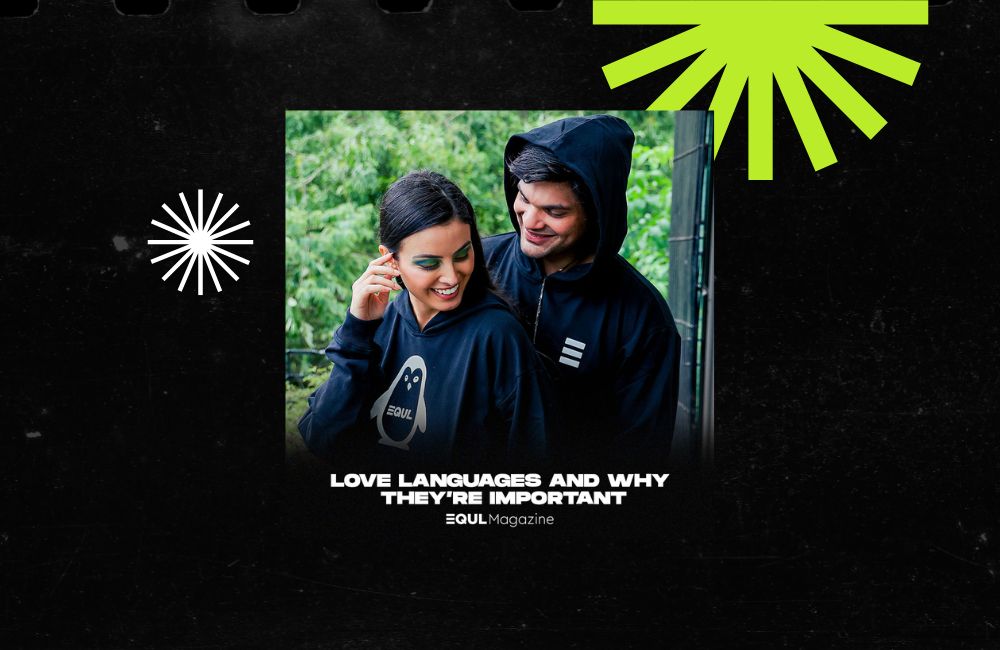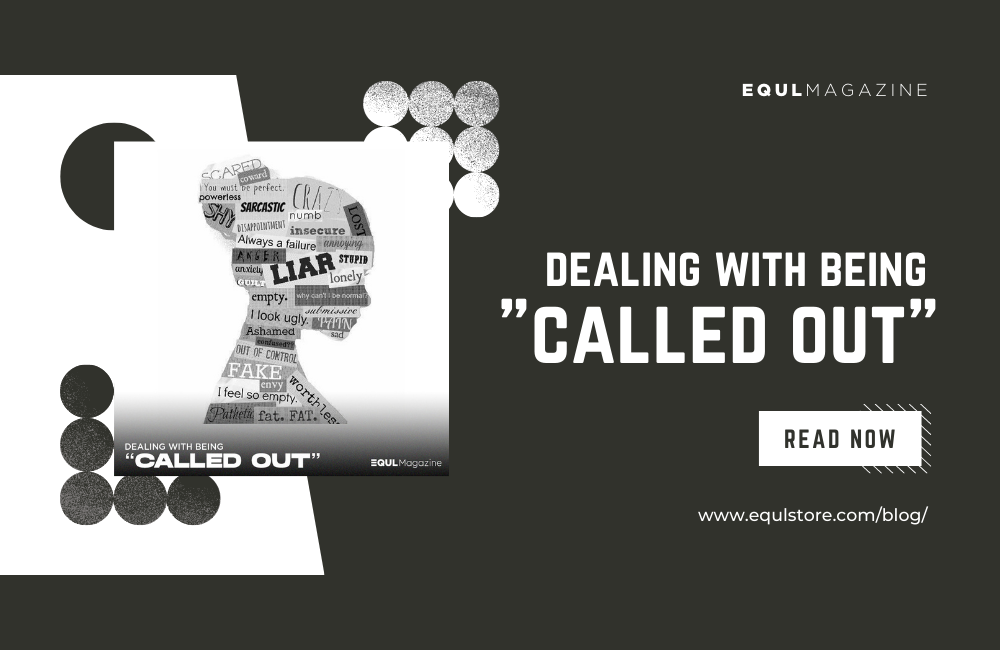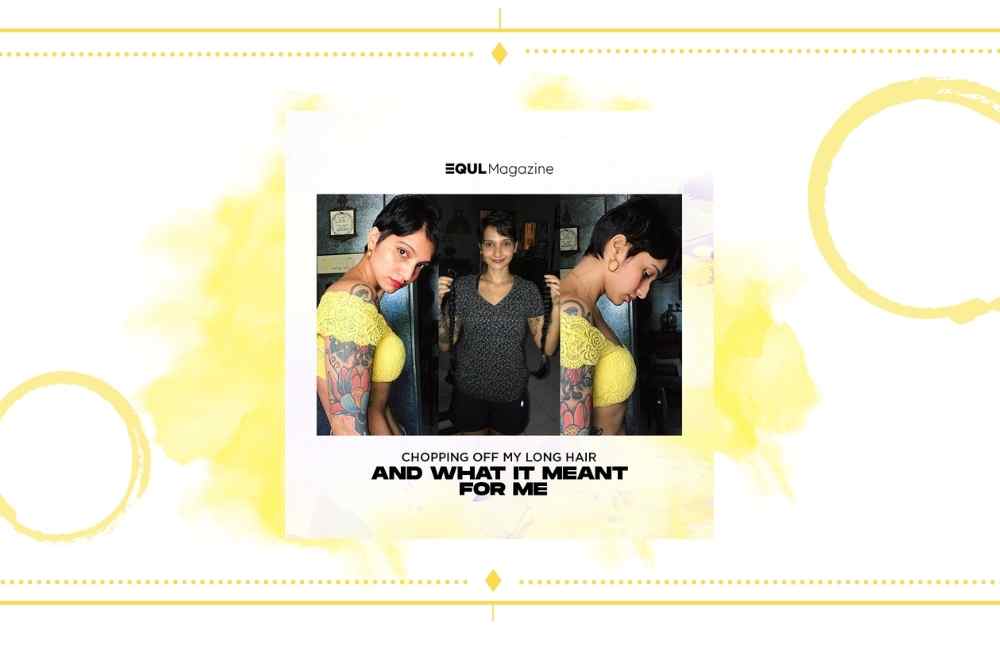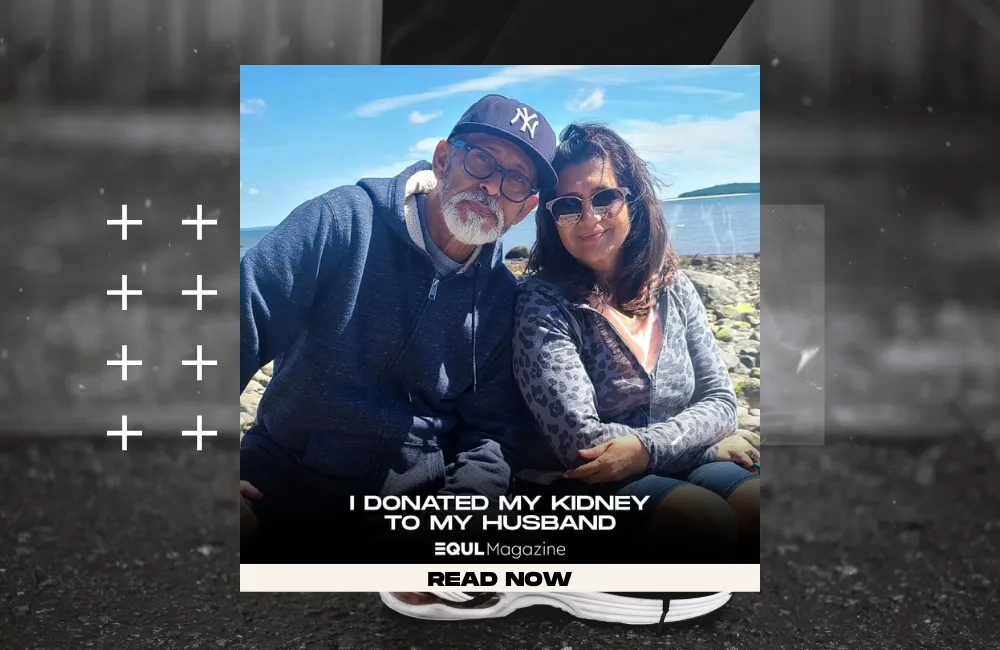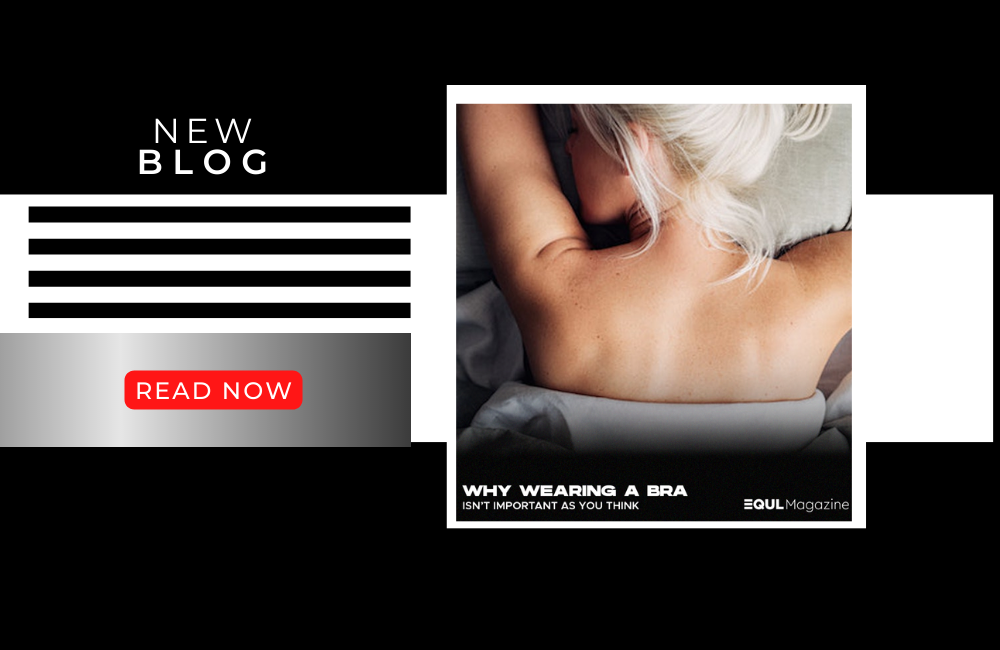What is expressive art therapy?
“Play Mozart,” is what my grandfather would often tell me when I’d be lying next to him on his hospital bed.
I distinctly remember the peace that came over him as soon as the first notes hit the air. We would both go into a trance.
He was in his late 80s, with a failing heart, but no matter the day’s difficulties, he always found solace in music.
It made sense to me. As an artist I had used various forms of creative expression, even as a child, to help me cope and navigate through the world.
I remember how much even painting helped bring serenity to my mind while I was his caretaker, and he’d often sit and watch, sharing the same sentiments.
After he passed, I had the opportunity to work with an NGO that catered to holistic care for cancer patients, especially the underprivileged. It was there that I learned that what Papa and I engaged in organically, was an actual practice and tool.
According to Psychology Today,
“Expressive arts therapy (EAT) combines psychology and the creative process to promote emotional growth and healing. This multi-arts, or intermodal, approach to psychotherapy and counseling uses our inborn desire to create—be it music, theater, poetry, dance, or other artistic form—as a therapeutic tool to help initiate change.”
EAT is used for children and adults, in groups or one-on-one, to encourage and provide a gateway towards personal growth and transformation. By engaging multiple senses and channeling them towards creative work, essentially, the therapist aids you in communicating your emotions through various art forms.
And you don’t need to be any kind of an artist to benefit from it.
(Especially because it’s the process of engaging in the activity itself that is important, not the end result.)
Plus, there’s something for everyone.
Under the greater umbrella of EAT, are many types of therapies–
Art Therapy
Makes use of visual art and both specific and available tools to help individuals express their emotions, outside of their body.
Music Therapy
Uses music to evoke positive psychological, cognitive and physical changes.
Dance Movement Therapy
Utilizes movement to align the mind and body and advance emotional understanding.
Drama Therapy
Makes use of intentionally curated theater techniques and role play to achieve therapeutic goals.
Journaling
A popular and commonly used tool to utilize writing as a form of therapy.
Play Therapy
Most often used in a more pediatric setting, the therapy is centered around a model built to work with communicative and learning processes of children to resolve and tackle complex emotions or trauma.
Integrated Arts Approach
A mix and match of multiple (two or more) creative therapies to achieve psychological, physical and cognitive therapeutic goals.
And the benefits of EAT are endless.
Studies have shown that engaging in creative expression releases dopamine, the feel good hormone.
EAT is also credited with aiding in managing behaviors, process feelings, reducing symptoms of stress and anxiety, and increasing self esteem.
Infact, one study introducing creative art therapies to cancer patients uncovered, “They indicated positive changes in coping with their emotions, the awakening of a process of ‘conscious living,’ and the development of creativity.” Consequently improving quality of life, even with their diagnosis.
When looking for an Expressive Arts Therapist, education is key. Qualified therapists usually have certifications, a master’s degree and are registered.
“Qualified and registered expressive arts therapists agree to a code of ethics and to maintaining high standards of professionalism in the field.”
From my personal experience of observing expressive arts therapists working with patients from all walks of life, as well as what I naturally did with my own grandfather, I can confirm, it really works.
It’s hard to put a value on the arts because it is often not always quantifiable. But when you actually engage in creative expression, you enter a realm that a world without the arts would never be able to provide.
The arts are a gift, a miracle, a guide. Art can heal.
While EAT is still very new in India, here are some more reading/resources for you:
Writer: Shanaya Tata
www.synchronyindia.com
There are no comments




